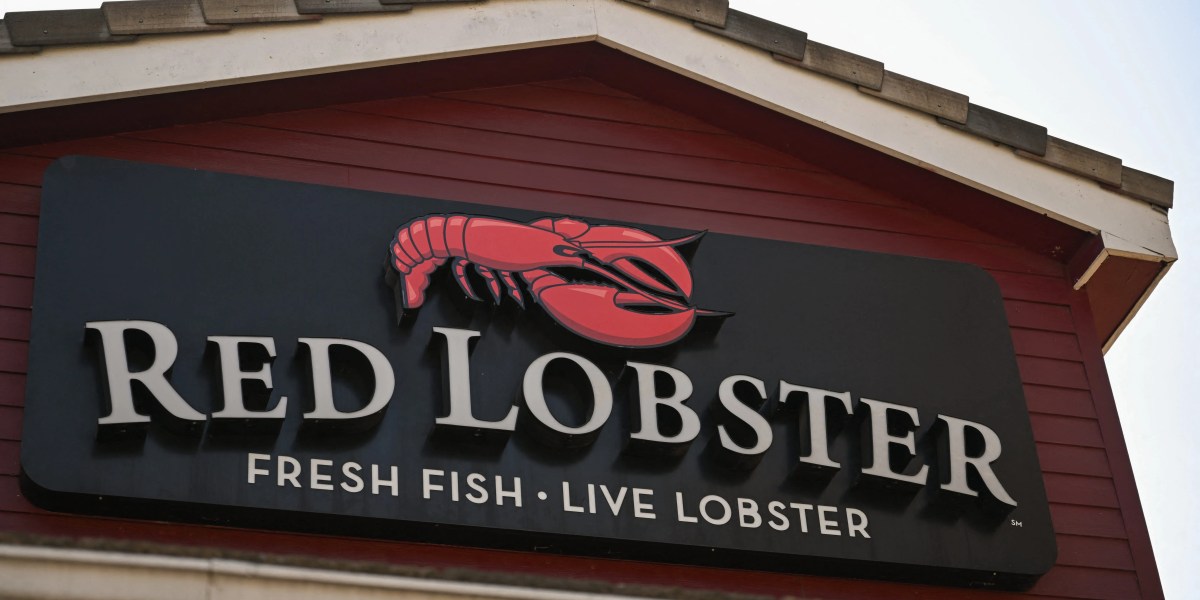It wasn’t just the endless shrimp: Red Lobster’s troubles detailed in bankruptcy filing
Red Lobster’s recent Chapter 11 bankruptcy filing and the closure of several of its locations signal the culmination of a series of challenges, including significant debt, leadership turnover, controversies over menu offerings, and a decline in customer traffic.
According to bankruptcy documents filed in the Middle District of Florida, Red Lobster CEO Jonathan Tibus outlined various financial and operational difficulties leading to the bankruptcy decision. These challenges include a tough economic climate, an oversized and underperforming restaurant network, unsuccessful strategic initiatives, and heightened competition in the industry.
Tibus noted that since 2019, Red Lobster has experienced a notable 30% decline in guest traffic, with only marginal improvement seen during the pandemic years of 2020 and 2021. Despite a modest recovery in net sales following the pandemic, recent months have witnessed a significant decline in revenue. The company currently faces a substantial debt of $294 million.
Red Lobster’s liquidity has rapidly diminished, with a reported $76 million net loss in fiscal year 2023 alone. Cash losses, including a $31 million shortfall from June to September 2023, contributed to this decline. Despite hopes of a seasonal revenue boost by the end of 2023, the company’s liquidity crisis persisted.
Several factors have contributed to Red Lobster’s financial woes, including industry-wide menu price increases due to inflation, above-market lease rates for many of its 687 locations, and operational missteps by previous management.
One notable misstep mentioned in the filing involves the addition of unlimited endless shrimp to the menu as a permanent $20 item by former CEO Paul Kenny. This decision, made against objections from the management team, resulted in significant financial losses and supply chain issues, particularly with Red Lobster’s supplier, Thai Union.
To address these challenges, Tibus outlined a three-pronged strategic plan focused on enhancing employee culture, maintaining quality customer service, and streamlining operational costs. This plan includes the closure of 93 underperforming stores, cost-cutting measures across departments, and restructuring efforts aimed at ensuring the company’s long-term viability.
Tibus expressed confidence that the restructuring process will position Red Lobster for future success. He emphasized the support received from lenders and vendors and reiterated the company’s commitment to its employees and guests during this transition.













